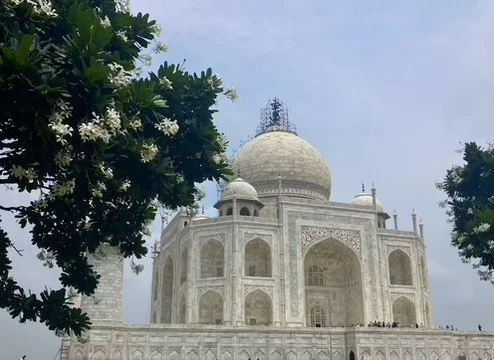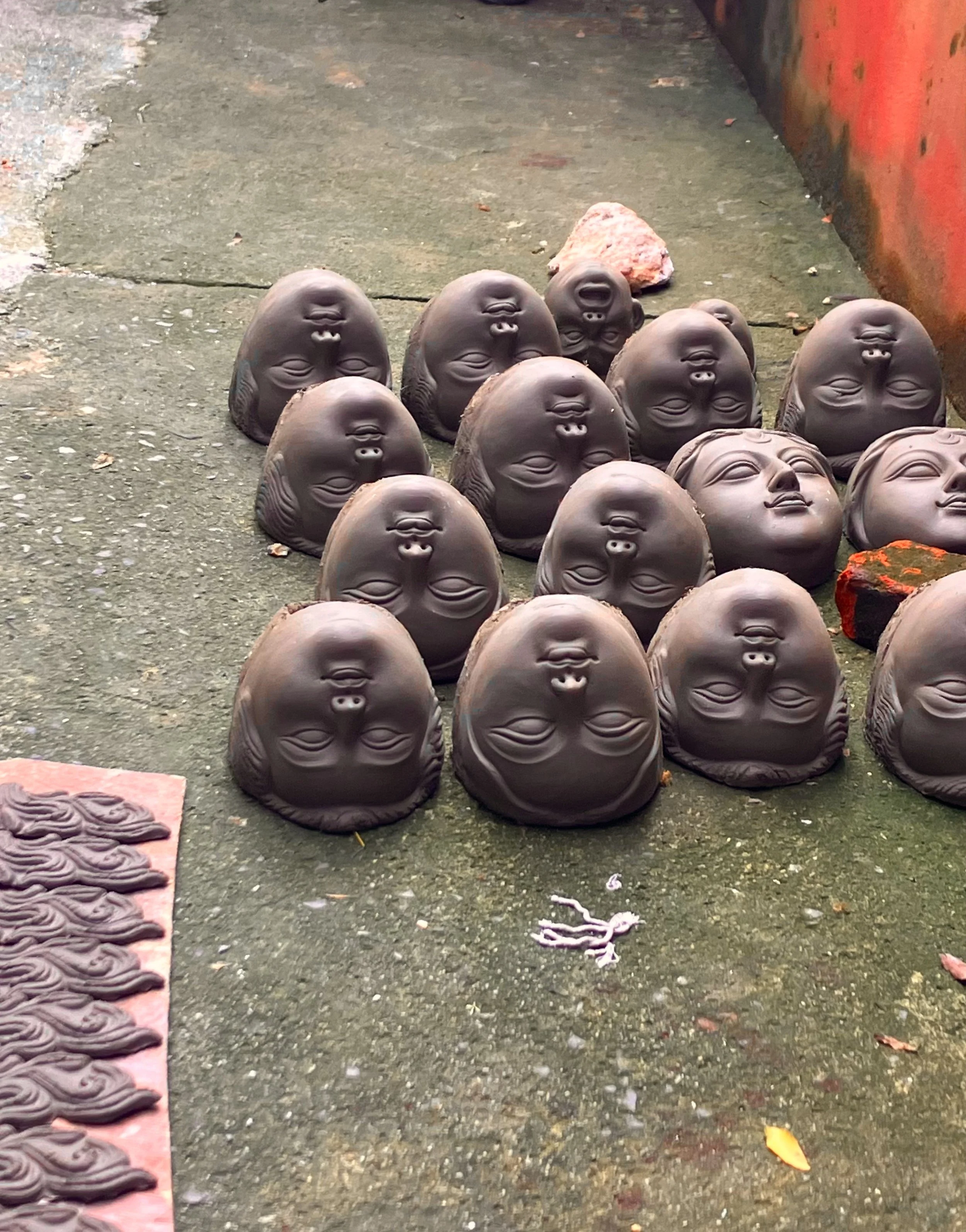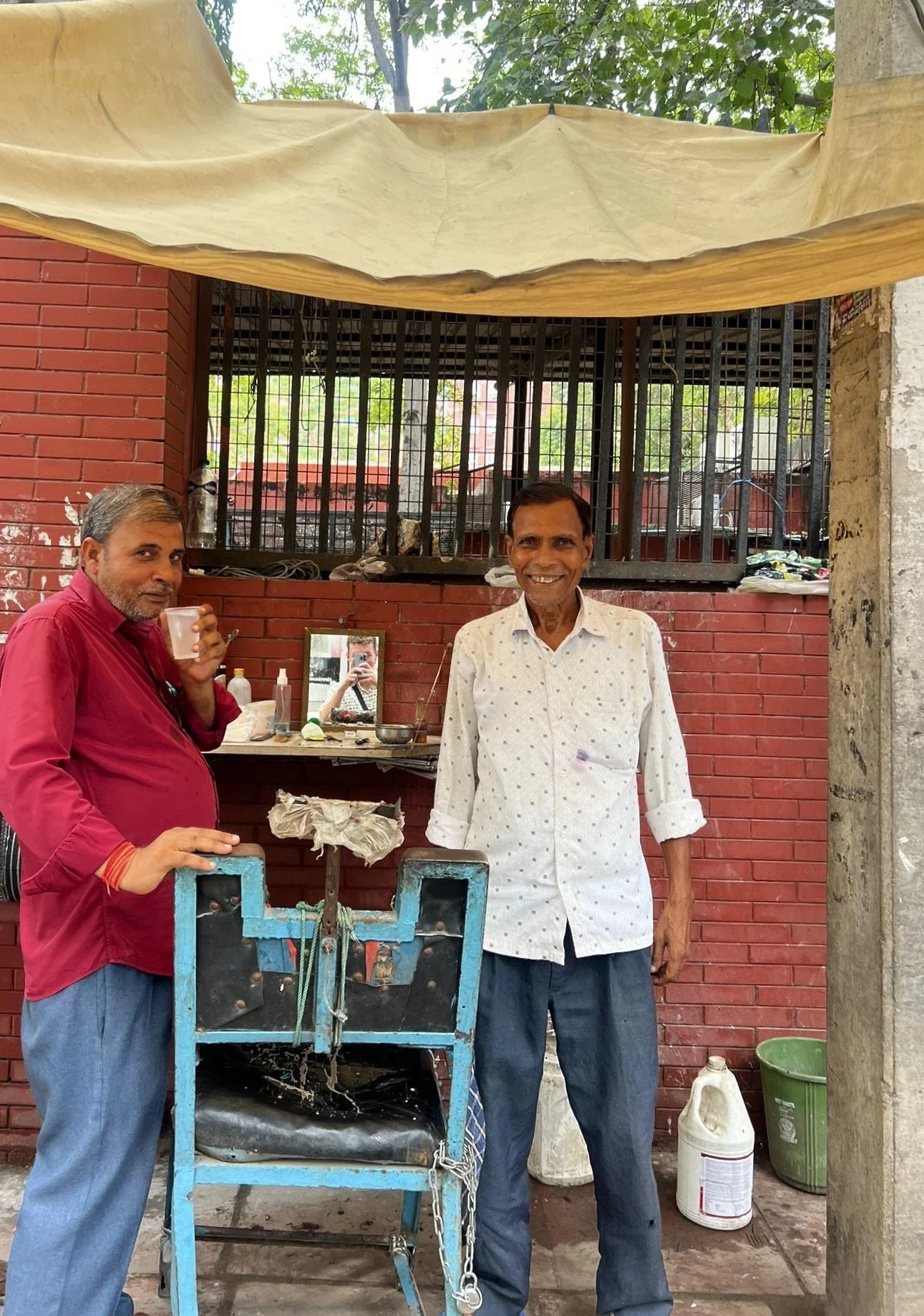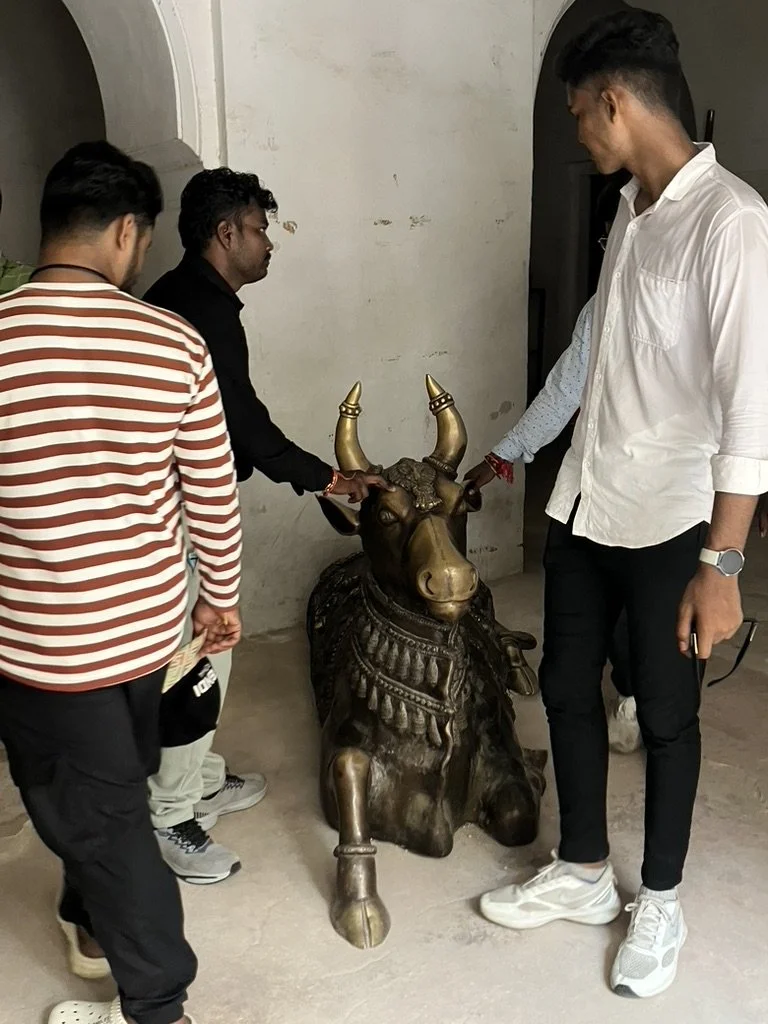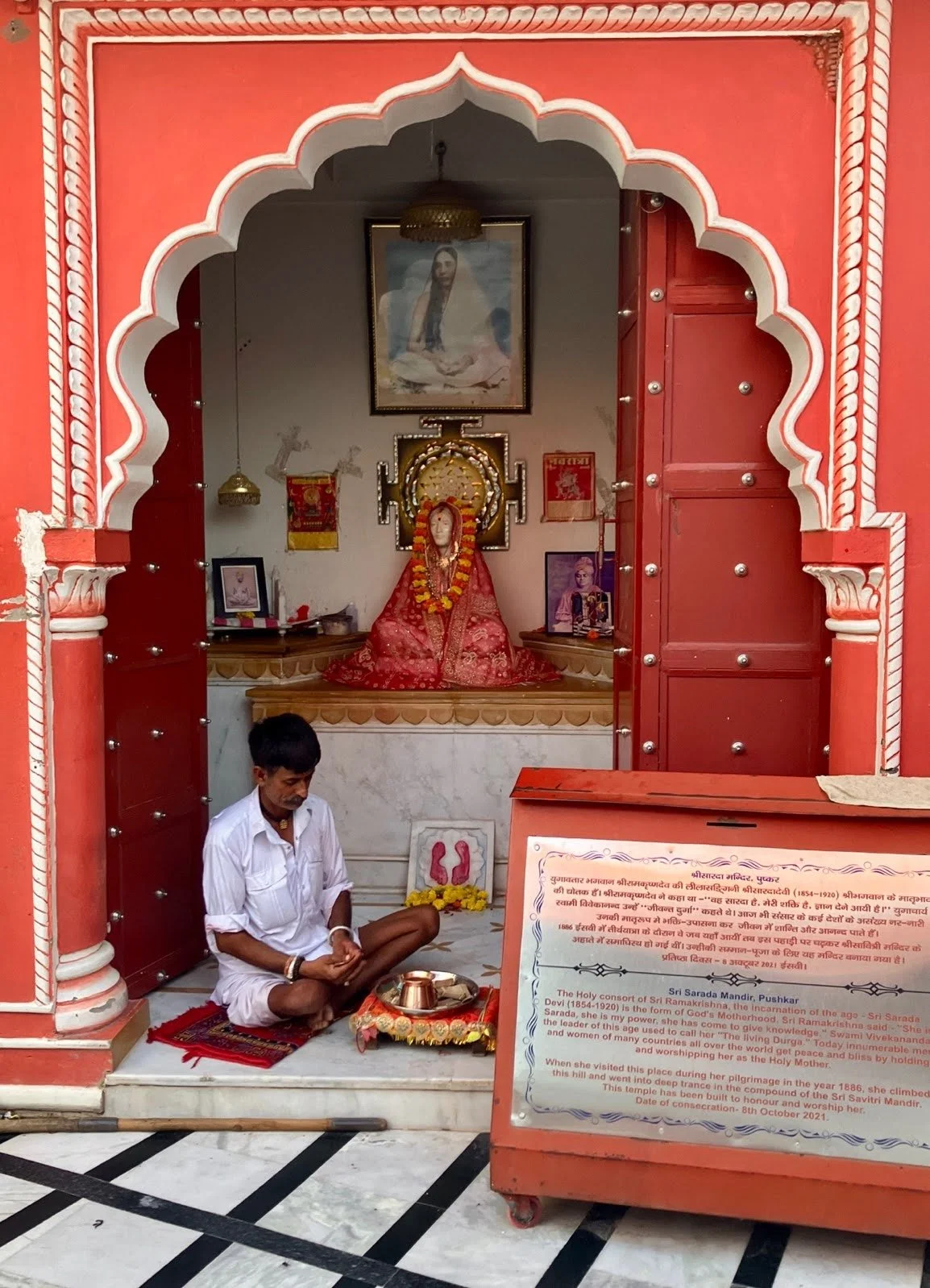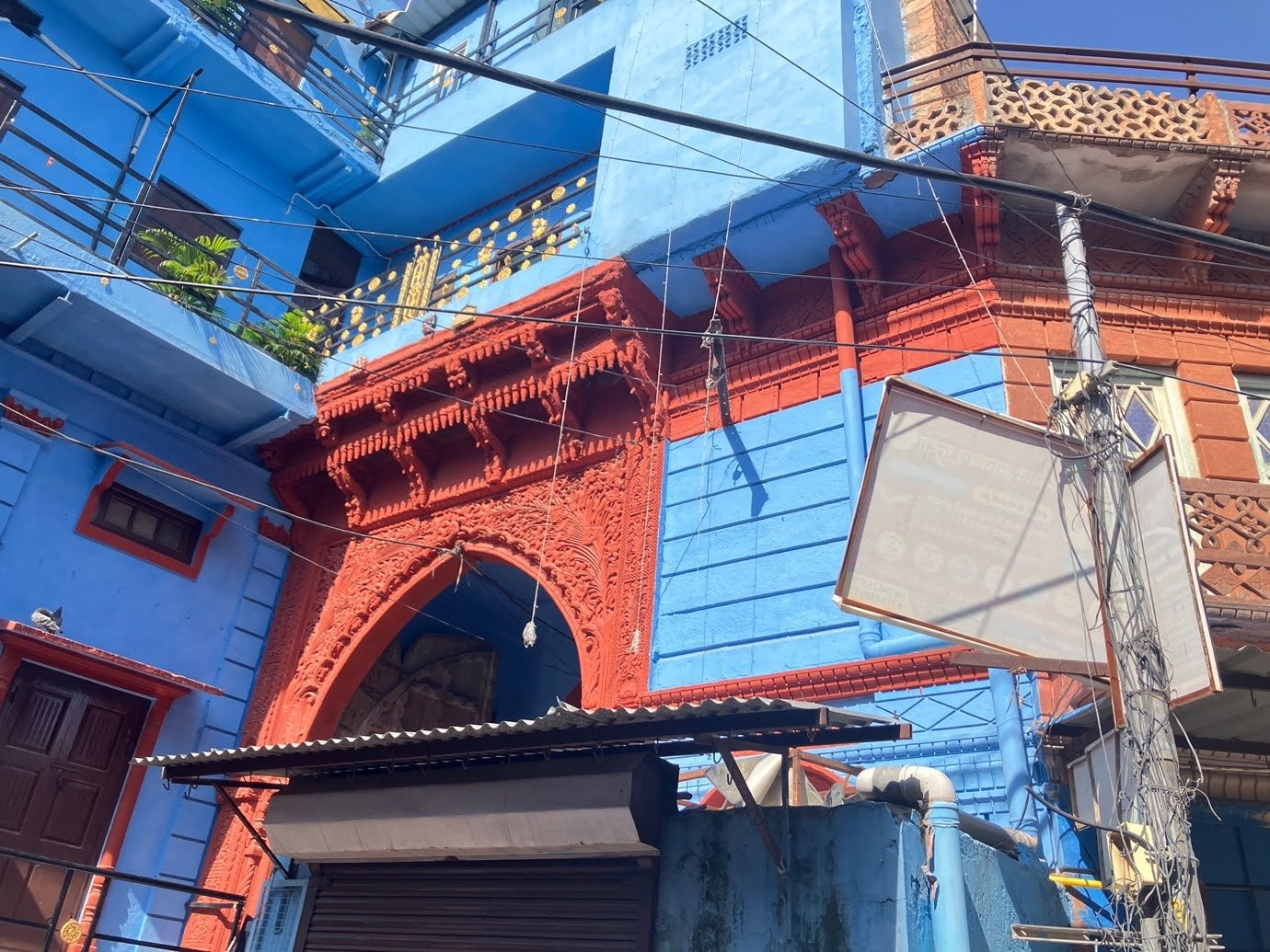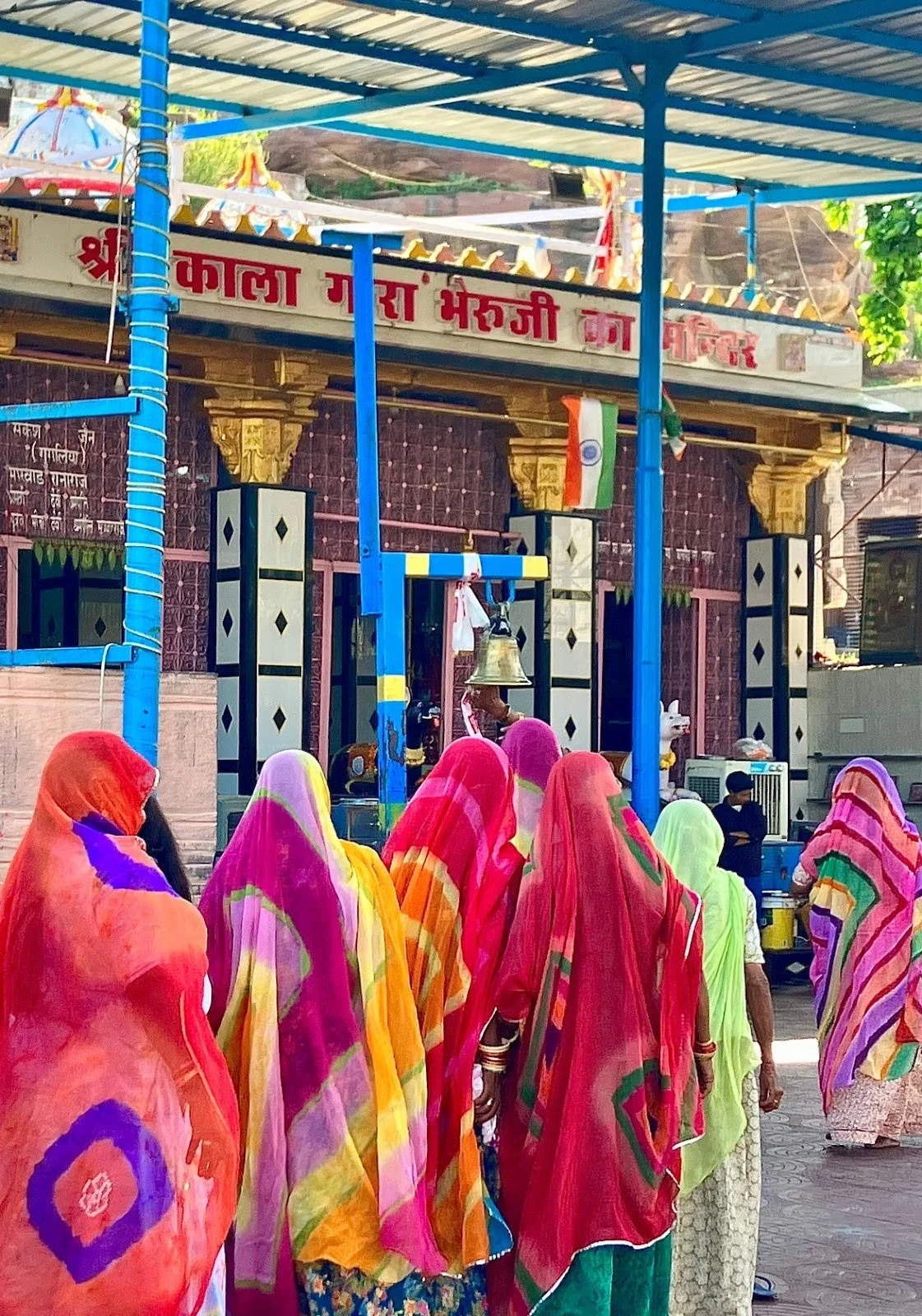Capturing the Edges of Modern India: A Photo Diary
India is a country in the process of remembering and rewriting itself. Seventy-eight years after the horrors of partition, there is a patriotic intent to recover and recast what came before the violence of the British. Mughal monuments, intangible heritage, and religious myths have all become contentious grounds upon which Hindu-nationalists, secularists, and others are jostling to cement their agendas.
In the long vacation, I spent a few weeks solo-travelling India; I learnt how to navigate the Rajasthani streets, the mountains of Dharamsala, and the buzzing bazaars of Old Delhi. Through photography, I hope to look through this mesh of competing historical claims. Despite the best efforts of the ruling Hindu-supremacist party, the rich variety of architecture, religions, landscapes, and languages suggests that India is a country that nonetheless continues to be defined by its diversity, vibrant and layered.
The Taj Mahal. The Taj was built in the seventeenth century by the Mughals, Muslims conquerors who ruled India from 1526 to 1857. These Muslim monuments are a puzzle for the current Hindu-nationalist government: are these the touristic jewel of modern India or symbols of Hindu subjugation?
Statues being prepared in the large Bengali quarter of Delhi, Chittaranjan Park. Samples of this clay are taken from the threshold of brothels, believed to be imbued with all the good deeds men leave at the door when they enter.
Despite the months of labour, these idols are temporary. After being brought alive through paint and worship, at the culmination of the Bengali Durga Puja festival, these statues are immersed and then dissolved into nearby lakes, a return back to the cosmos.
The Dargah of the Sufi Saint Nizamuddin, a shrine famous for its Qawwali music. The shrine was nestled within a predominantly Muslim slum of Delhi; bustling with both thousands of pilgrims and locals queuing for the food the mosque provides. Despite Nizamuddin being one of Islam’s most famous Sufi saints, the shrine had almost no touristic infrastructure nor development. Unknowingly, we arrived on eve of the birthdate of the Prophet Muhammad, intensifying the overpowering spirituality of the place.
Two street barbers at the outskirts of Old Delhi, pleased at the prospect of charging, likely above the market rate, a couple of pounds for a very skilled, quick haircut.
A statue of the Hindu Lord Ganesh- part man, part elephant. In a strange mix of the sacred and the banal, Prime Minister Narendra Modi claimed that Ganesh is proof that ancient Indians had mastered plastic surgery. This bizarre claim is part of Modi’s wider agenda to present modern India as a continuation of an advanced ancient Hindu civilisation that flourished before the Mughal, or importantly, the Muslim, invasion of 1526.
Three Hindu men paying respect to a bronze statue of the bull of Lord Shiva. Cows are a holy animal for Hindus. With increasing impunity under the current Hindu-supremacist government, there have been incidents of Hindu vigilantes lynching Muslims for the sin of slaughtering cows, such as Afan Abdul Ansari murdered in 2023.
Rajasthan was full of deep, rich colours; scarlets, pinks, oranges, and yellows. Many men still wear the traditional pagri, or turban. Women wear odnis which wrap around their shoulders and cover their heads.
Tuk-tuk drivers, almost exclusively men, elaborately personalise their autorickshaws with vibrant colours and kitsch decorations. I discover quickly that you could order an tuk-tuk on uber- one of the many ways that I found India to be surprisingly integrated into global big business, finance, and tech.
The Savitri Mata Temple high above the outskirts of Pushkar. Saffron is a holy colour symbolising burning, knowledge, and purity.
A shrine to Sri Sarada Devi. In 1886, Sarada Devi undertook a pilgrimage to this temple, now accessible by cable car. She was the wife of a Hindu mystic, Ramakrishna, and is addressed as Holy Mother. In the sweltering heat, a south Indian woman I was visiting insisted we climb the hill, explaining the holy energies infused in the stairway Sarada Devi once used.
The blue city of Jodhpur. Traditionally, the high-caste Brahim community painted their houses to signal their status- it was also thought that this glowing blue stopped insects from entering.
A traditional Hindi greeting of ‘Hail Lord Ram’. Recently, ‘Jai Shri Ram’ has morphed into a rallying cry for Hinduvita nationalism. Walking around Udaipur, I noticed the Muslim quarters also marked themselves with green Arabic inscripted-flags. Here in Udaipur, the memories of partition of 1947 are revealed and revived through these assertions of community partisanship.
The figures of six women in vibrant, matching veils, queuing to ring a brass bell outside of a temple. The outskirts of Jodhpur, Rajasthan.
A beautiful temple in Mandore Garden, Jodhpur, covered by both stone and living monkeys. Mandore was the capital of the early Marwars, a Hindu dynasty that fell under the indirect rule of the British as one of the many princely states during the Raj.
I travelled up from Rajasthan to Dharamsala, the home more than a 100,000 exiled Tibetans. These are traditional Tibetan prayer flags in the Tsuglagkhang Complex where the Dalai Lama resides. His Holiness fled Tibet in 1959. At an impressive ninety years old, the Dalai Lama has stated that his reincarnation will not be within China- to the fury of Beijing, who will likely claim otherwise.
A shrine halfway at the base of the Himalayas in Himachal Pradesh. This was halfway through the Triund Trek, where I was very lucky not to get caught in the Monsoon rains. After Tibet was annexed by China in 1959, these were the mountains many Tibetans crossed, in deadly and freezing conditions, in search of religious and political freedom.
A temple outside the Dalai Lama’s residences. McLeod Ganj has become the home of impressive community organisation, diaspora outreach, and historical archives of the Tibetan government-in-exile. The Tibet Museum was a fascinating showcase of how Tibetans have preserved, transmitted, and reappropriasted their historical memory, faith, and political identity between generations.

